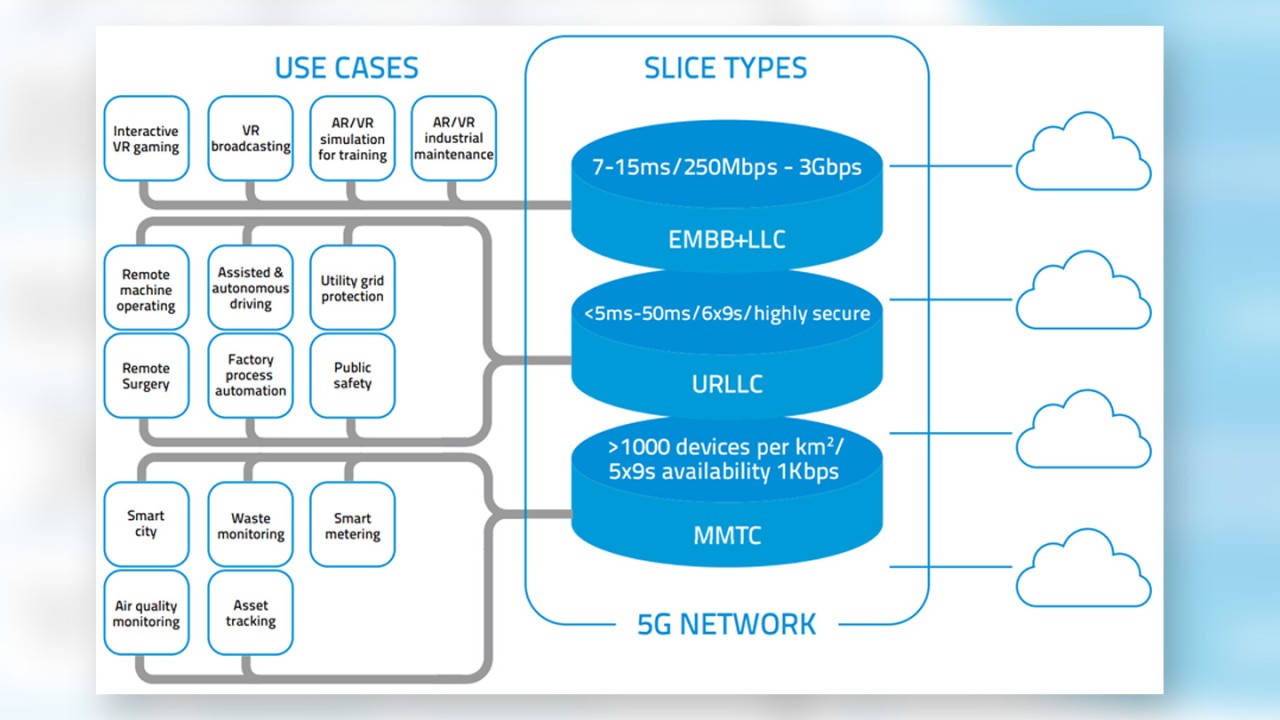Written by Jeremy Carpenter | March 28, 2019


From the emergence of GSM to the global adoption of LTE, operators’ focus has been on ensuring the quality of service (QoS) delivered to subscribers. Consequently, test solutions were developed that enabled the verification of network quality and provided specific indicators to identify and diagnose issues and to optimize performance.
The history of measuring end-user QoE
Historically, testing mobile networks has been built up from spectrum and physical layer parameters, such as RSSI and SINR, to OSS and trace data and, latterly, smartphone-based solutions that measure QoS and QoE, such as voice and video, at the point of delivery to the end user.
Quality of experience has become the ultimate parameter for operators to quantify subscriber satisfaction. As the name suggests, it is a complex metric that characterizes the human experience of the service delivered over the network to an end user’s device.
The emergence of 5G brings not only a leap in network performance and capabilities but also the increasing likelihood that the end user will be a machine, not a human. That means that existing test methodologies based on measuring voice, video and data delivered to subscribers using a mobile device should be expanded to encompass machine-type communication; a revised concept for what we mean by quality of experience (QoE) and new techniques for testing performance must be developed.
5G demands a new QoE paradigm
It is important to remember that 4G services will continue to evolve but also to recognize that the implementation of 5G will be very different from previous generations of cellular technology, particularly in the RAN. It starts with a consideration of the 5G use cases of eMBB (enhanced Mobile Broadband), mMTC (massive Machine Type Communication) and URLLC (Ultra Reliable Low Latency Communication).
These use cases bring new dimensions in terms of real-time, higher bandwidth, scalability, etc., and require a revised methodology and set of parameters to measure QoE. This, in turn, drives the performance of the network needed to support these uses cases.
Finally, an expanded test methodology is needed to measure new parameters more accurately at higher frequencies and wider bandwidths and meet the challenge of how to quantify QoE – particularly where the end user will not be using a smartphone. We, therefore, need to rethink our approach to what constitutes QoE and how to measure it.
We need a new interpretation and understanding of what constitutes quality of experience and how to map the consequences of changes in QoE for each application.
Smartphone-based test cases to measure the quality of eMBB will remain but for mMTC and URLLC, the end user will be a machine and the service will bring a new set of demanding parameters to measure. For machine-type communication, the traditional concept of QoE will no longer be appropriate because the end user is not a human and will not experience the service in an emotive way.
Implications for operators
The services and applications for these 5G use cases, such as automotive, industry 4.0, augmented reality, remote surgery, etc., are often more critical, and the consequences of degradation or loss of service become more serious, potentially life-threatening. Therefore, operators must monitor networks with greater accuracy and in finer detail to pre-empt QoS issues.
The challenge facing operators moves from ensuring subscriber satisfaction and compliance with SLAs to being able to guarantee the delivery of often critical services and legally prove that they meet this obligation to address questions of liability.
With each application potentially supported by a dedicated network slice, each with its own QoS definition, metrics and thresholds, operators’ network monitoring requirements expand from a single measurement for their entire network to multiple, simultaneous performance and quality measurements.


5G brings a much more diversified range of use cases, serviced by logical network slices, and expands performance measurement requirements for operators
The 5G QoE measurement challenge can be summarized as follows:
- 5G use cases, particularly mMTC and URLLC, demand a new way of measuring QoE for each individual application.
- QoE has a different meaning in machine-type communication. A machine or connected thing’s QoE needs to be interpreted.
- Each application brings a specific set of network performance characteristics that need to be monitored.
- Monitoring becomes more important to operators for critical 5G applications.
- 5G testing adds a new dimension for both data acquisition and post-processing.
- Active testing and understanding of QoS per use case, allied to network operations, will be a key enabler of future 5G business cases.
The topic of defining 5G QoE test cases will be explored in the next part of this series.
Find more information about testing 5G networks on our dedicated web page.






